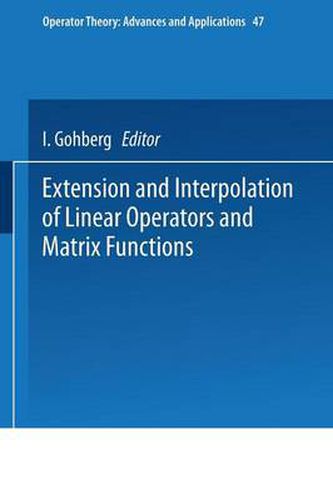Readings Newsletter
Become a Readings Member to make your shopping experience even easier.
Sign in or sign up for free!
You’re not far away from qualifying for FREE standard shipping within Australia
You’ve qualified for FREE standard shipping within Australia
The cart is loading…






This title is printed to order. This book may have been self-published. If so, we cannot guarantee the quality of the content. In the main most books will have gone through the editing process however some may not. We therefore suggest that you be aware of this before ordering this book. If in doubt check either the author or publisher’s details as we are unable to accept any returns unless they are faulty. Please contact us if you have any questions.
The classicallossless inverse scattering (LIS) problem of network theory is to find all possible representations of a given Schur function s(z) (i. e. , a function which is analytic and contractive in the open unit disc D) in terms of an appropriately restricted class of linear fractional transformations. These linear fractional transformations corre- spond to lossless, causal, time-invariant two port networks and from this point of view, s(z) may be interpreted as the input transfer function of such a network with a suitable load. More precisely, the sought for representation is of the form s(Z) = -{ -A(Z)SL(Z) + B(z)}{ -C(Z)SL(Z) + D(z)} -1 , (1. 1) where the load SL(Z) is again a Schur function and _ [A(Z) B(Z)] 0( ) (1. 2) Z - C(z) D(z) is a 2 x 2 J inner function with respect to the signature matrix This means that 0 is meromorphic in D and 0(z)* J0(z) ::5 J (1. 3) for every point zED at which 0 is analytic with equality at almost every point on the boundary Izi = 1. A more general formulation starts with an admissible matrix valued function X(z) = [a(z) b(z)] which is one with entries a(z) and b(z) which are analytic and bounded in D and in addition are subject to the constraint that, for every n, the n x n matrix with ij entry equal to X(Zi)J X(Zj )* i,j=l, …
$9.00 standard shipping within Australia
FREE standard shipping within Australia for orders over $100.00
Express & International shipping calculated at checkout
This title is printed to order. This book may have been self-published. If so, we cannot guarantee the quality of the content. In the main most books will have gone through the editing process however some may not. We therefore suggest that you be aware of this before ordering this book. If in doubt check either the author or publisher’s details as we are unable to accept any returns unless they are faulty. Please contact us if you have any questions.
The classicallossless inverse scattering (LIS) problem of network theory is to find all possible representations of a given Schur function s(z) (i. e. , a function which is analytic and contractive in the open unit disc D) in terms of an appropriately restricted class of linear fractional transformations. These linear fractional transformations corre- spond to lossless, causal, time-invariant two port networks and from this point of view, s(z) may be interpreted as the input transfer function of such a network with a suitable load. More precisely, the sought for representation is of the form s(Z) = -{ -A(Z)SL(Z) + B(z)}{ -C(Z)SL(Z) + D(z)} -1 , (1. 1) where the load SL(Z) is again a Schur function and _ [A(Z) B(Z)] 0( ) (1. 2) Z - C(z) D(z) is a 2 x 2 J inner function with respect to the signature matrix This means that 0 is meromorphic in D and 0(z)* J0(z) ::5 J (1. 3) for every point zED at which 0 is analytic with equality at almost every point on the boundary Izi = 1. A more general formulation starts with an admissible matrix valued function X(z) = [a(z) b(z)] which is one with entries a(z) and b(z) which are analytic and bounded in D and in addition are subject to the constraint that, for every n, the n x n matrix with ij entry equal to X(Zi)J X(Zj )* i,j=l, …